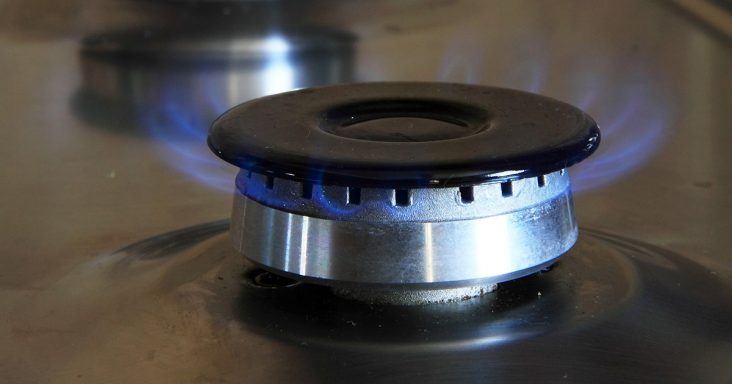EIA: weather uncertainty to contribute to volatile natural gas prices this winter
by November 9, 2021 2:43 pm 546 views

Natural gas prices are expected to be volatile this winter as the heating season begins amid lower natural gas storage levels, according to the U.S. Energy Information Administration (EIA).
The EIA released Tuesday (Nov. 9) the November Short-Term Energy Outlook that shows U.S. natural gas storage levels rose to within 3% of the previous five-year average by the end of October. The extreme cold weather in February led to lower-than-average natural gas storage levels in the United States through the summer.
“Mild weather has limited natural gas consumption and helped bring our storage levels closer to average in recent weeks, but cold winter weather could continue to put upward pressure on prices,” said EIA Acting Administrator Steve Nalley. “Winter temperatures will be the key driver of natural gas demand, inventories and ultimately prices.”
Despite high natural gas prices, the U.S. electric power sector continues to use significant amounts of natural gas for electricity generation. Also, U.S. natural gas exports of liquefied natural gas were an average of 9.8 billion cubic feet per day in October, and this is 37% higher than in the same month in 2020. The exports, which are at capacity, are expected to remain at capacity through 2021 and in 2022 to meet global demand.
According to the EIA, the Henry Hub natural gas spot price fell to $5.59 per million British thermal units on Nov. 3, from $5.86 per million British thermal units on Oct. 27.
Following are other highlights from the Short-Term Energy Outlook:
- Spot prices for Brent crude oil are expected to average $82 per barrel in the fourth quarter and $72 per barrel in 2022. Nalley expects the high prices should lead production to rise in the United States and overseas in 2022 while global demand growth moderates.
- The U.S. electric power sector is expected to use 18% more coal to generate electricity in 2021, compared to 2020. The sector started to use more coal as a result of rising natural gas prices. Coal exports are expected to rise 29% this year because of similar dynamics in global electricity generation.
“Coal became more economically competitive as global demand increased for natural gas this year,” Nalley said.
Link here for the Short-Term Energy Outlook.
